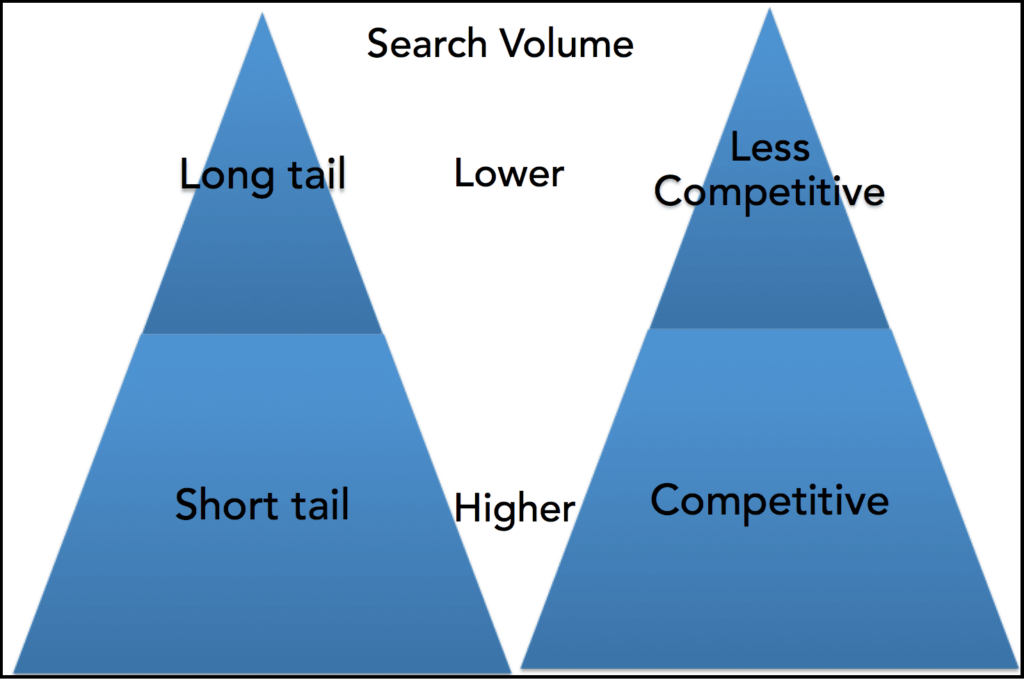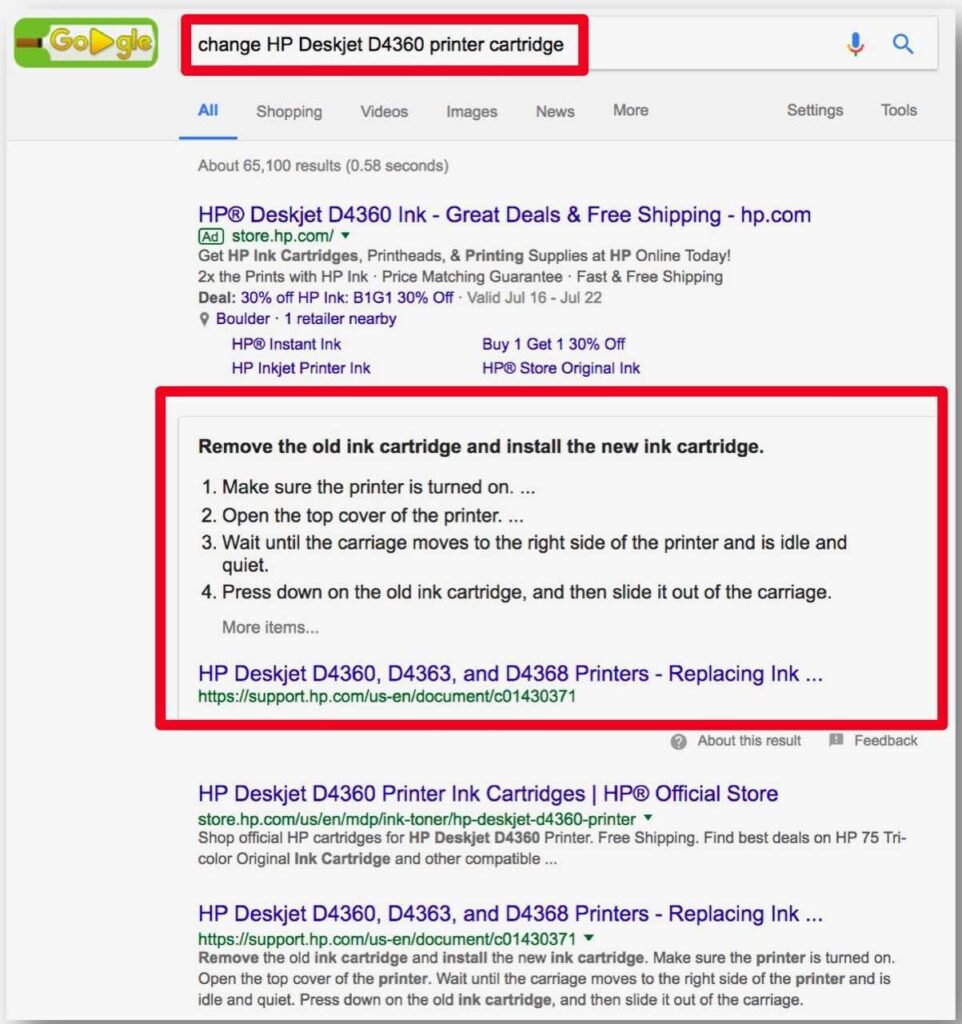Love it or hate it, but as a technical communicator, you are most likely involved in your company’s overall search engine optimization (SEO) efforts. After all, you’re creating content that’s supposed to reach its target audience so that it can serve a specific purpose for the end user. The material that you’re writing may be educational, for instruction purposes, or it may even be designed to support your company’s sales and marketing efforts on a global scale and in multiple languages. In this article, I’ll explain why technical communicators need to understand SEO best practices and how you can help your company potentially save millions of dollars.
As an international SEO expert, I get the opportunity to talk to all different kinds of audiences around the globe. When I talk to technical communicators, it seems to be a common theme that they aren’t involved in their company’s SEO strategy. Why is that? The reasons vary, but in general, one of the main reasons is because the technical communicators and the SEO person or group don’t talk to each other. Sadly, this does nothing except hurt customers in the long run. At a recent SEO talk for the Rocky Mountain Chapter of the Society of Technical Communication (STC) in Louisville, Colorado, this theme rang true once again.
Be Proactive and Get Involved in SEO
 If you’re a technical communicator, you have to be involved in SEO. After all, you produce so much great content that your customers need. But your customers also have to be able to find that content online, and if they can’t, then you really aren’t helping them. This is what SEO is all about. Here’s how it works briefly. Google’s algorithm consists of over 250 main ranking signals (and potentially thousands of sub-ranking signals) that sort through the billions of existing web pages indexed in its database to find an answer to your question. If you apply SEO best practices to your content, you dramatically increase the chances that your content will land high up in search engine results. Merely having an answer to someone’s question on your website really won’t help unless you help Google connect your answer to that question. So how do you make that connection?
If you’re a technical communicator, you have to be involved in SEO. After all, you produce so much great content that your customers need. But your customers also have to be able to find that content online, and if they can’t, then you really aren’t helping them. This is what SEO is all about. Here’s how it works briefly. Google’s algorithm consists of over 250 main ranking signals (and potentially thousands of sub-ranking signals) that sort through the billions of existing web pages indexed in its database to find an answer to your question. If you apply SEO best practices to your content, you dramatically increase the chances that your content will land high up in search engine results. Merely having an answer to someone’s question on your website really won’t help unless you help Google connect your answer to that question. So how do you make that connection?
Know Your SEO Keywords And Add them to Existing Content
Connect your customers to your content by adding SEO keywords, which can be a single word or multiple words strung together, that people enter into a search engine to help them find what they’re looking for. We either define keywords as short-tail (One or two words strung together. For example: “shoes” or “running shoes.”) or as long-tail (Three or more words strung together. For example: “running shoes for women” or “basketball shoes for boys.”).

Your SEO person or group should have the keywords that your company is targeting, so you shouldn’t have to worry about performing keyword research for SEO; you just need to have access to them and understand how to incorporate them into your content.
There are many guidelines on how to do this, but in general, you should always write for humans and not just search engines and incorporate the keywords as appropriately as possible. And it may be much easier than you think. For example, if you’re creating technical manuals, you may already have some or part of your keywords, such as the product name and perhaps the task that the customer is trying to accomplish with your product, in your content. You should always review your content for keywords before publishing it. By taking this additional step at the end of creating your technical content, you’re helping Google connect the dots between your content and what your customers are searching for.
The following are some guidelines on how we approach the optimization of a blog post:
- Meta tags optimization: Every web page needs to have an optimized title and description tag. We usually optimize each and every page on a website for three closely related keywords. The title tag should include the main target SEO keyword for that particle page. The optimal length for the title tag is 50–65 characters (including spaces). The optimal range for the description tag is 150 – 160 characters. Ideally, you’ll want to include the other two target SEO keywords for that particular page. Including both keywords can be tricky and you’re fine if you’re only able to include one of them. Add your three keywords to the keywords tag separated by a comma. You can also leave the keywords tag empty but do not add more than your three target SEO keywords in there. Otherwise, Google may penalize you for keyword stuffing.
- Image/alt meta tags: If there are images in the web page, make sure to add a target keyword in the image/alt tag.
- URL: It’s always a good idea to include a keyword in the URL but make sure to avoid extended characters such as ü or å.
- Keyword placement: Try to include the main target SEO keyword in the first few paragraphs and the other keywords through the content. Also, try to place keywords in relevant H1, H2 & H3 headings.
- Hyperlinks: Try to limit hyperlinks to one internal hyperlink per 100 words and always try to include at least one hyperlink to a high-quality external website or resource.
Create Different Types of Content Using Keywords
Another thing you can do is to create different types of content using keywords. As a technical communicator, you have the opportunity to help your marketing department with their content development. Google has been favoring long-form articles (1000 words or more) and high-quality -content, so you could write about technical topics or marketing content. For example, you could be a guest blogger and highlight some of the top troubleshooting tips or explain a key feature of your product. You could also create videos or interactive content on your website. Most likely you already have content on many topics so it wouldn’t be too much of an effort to turn this content into something new while incorporating keywords so your customers can find them.
Break Down the Walls
I’ve talked to many companies over the years, including some Fortune 500 companies, and almost all of them have departments that operate in isolation. So you may be reading this blog and thinking – this all sounds great, but Marketing doesn’t include me! I’d respond to that with: don’t wait for them to come to you – approach them with your knowledge and ideas. Chances are that they’ll welcome the additional support. The more people that can contribute to your SEO efforts, the better. In fact, I recommend having the following resources for an SEO team:
- SEO Manager
- Content Creator
- Social Media Expert
- Webmaster / Web Designer
As a technical communicator, you can contribute to the content creator role. Take all your great content and reuse it in other ways to help with your SEO strategy. Break down those walls and get involved!
A Penny Saved Is A Penny Earned
Implementing a winning SEO strategy is not just about making money, it’s also about saving money. This is, in particular, true when it comes to SEO in technical communication. Technical communicators are frequently involved in developing content for help systems. As you can see from the screenshot below, when I did a search on how to change the printer cartridge for my HP Deskjet D4360, Google displayed step-by-step instructions on how to do so without me even have to click through the site:

If help system pages are properly optimized, Google will be able to display the desired information in an answer box format (also referred to as position zero). This not only leads to improved customer satisfaction but it can save the printer company quite a bit of money. Optimizing help system content can dramatically reduce the volume of calls to call centers. Several studies suggest that it costs more or less $1 per minute for the average tech support call center to service a customer. These savings quickly add up and can lead to millions of dollars saved per month for larger companies.
Learn More about SEO
I hope that this blog post has helped you see some opportunities within your company! We offer a full range of digital marketing and SEO services and I invite you to reach out with any questions you may have.
